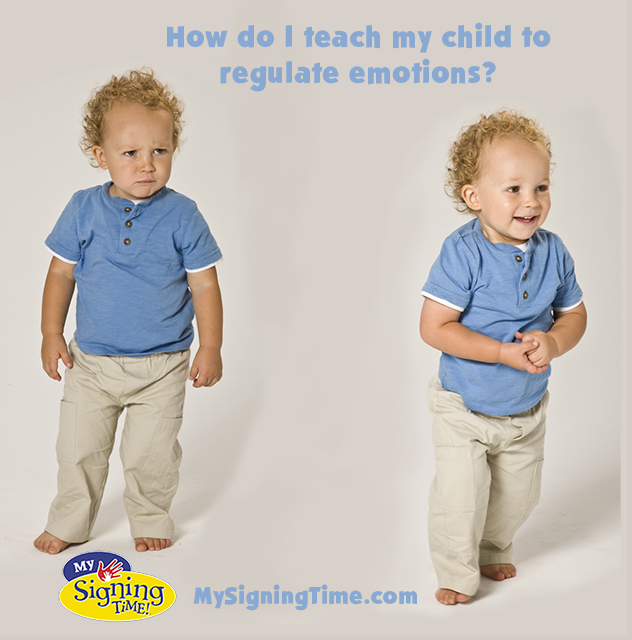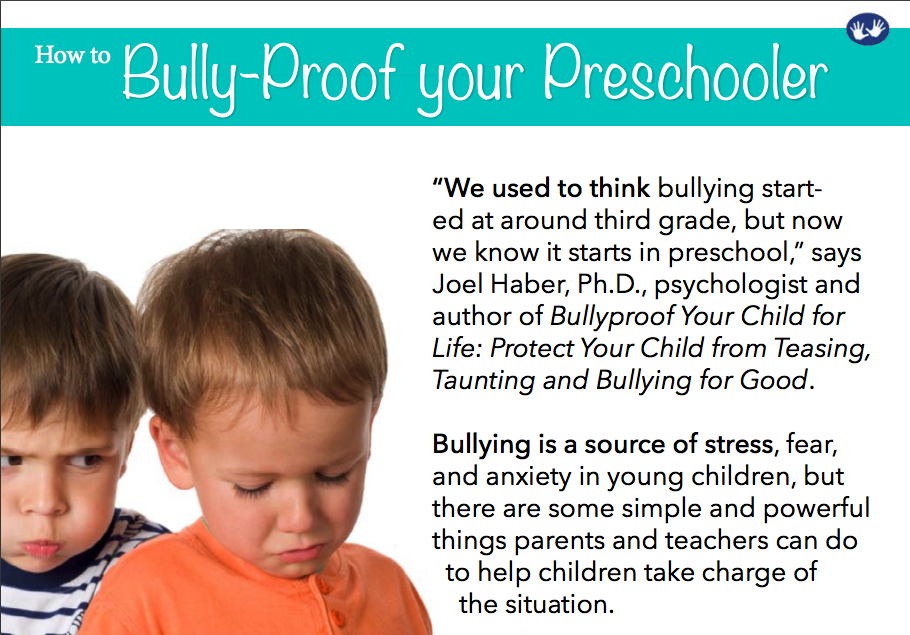| It is part of normal development for toddlers and preschoolers to exhibit aggressive behavior.
Just like all other aspects of development, there is a wide range when it comes to aggressive behavior. The aggression comes down to a child not being able to regulate their emotions during a particular situation. The aggression may occur because your child is tired or hungry. Others occur because your child has something unexpected happen and they don’t know how to manage their emotions in that situation. These are often referred to as triggers. Evaluating your child before and during the tantrum will help you better understand your child’s triggers and help you understand why your child is behaving in an aggressive manner. How should I respond to my child’s aggressive behavior?It is important to respond in a calm, supportive manner. Support your child by working through the emotions rather than focusing on correcting the behavior to start with. If you punish and respond by yelling or in an angry way, you are modeling the exact behavior you are trying to correct. Bonnie Harris, author of When Your Kids Push Your Buttons: And What You Can Do About It “Unconditional acceptance does not mean accepting the behavior; it does mean accepting the child who is behaving this way and knowing that she can’t do anything else right now; that she is feeling the way she is. Acceptance tells the child, “You’re okay.” Acceptance means my child is free to have his own needs and to hold his own perceptions, beliefs, and opinions.” Once your child calms down, continue to discuss their feelings and appropriate ways to express those feelings in the future. Teaching them how to recognize their feelings and how to self-regulate as they happen. Create a safe space for them to go to, teach them breathing exercises, and give them a physical outlet, like dancing or jumping, to switch their focus. What do you do when your child’s aggressive behavior escalates?If the aggressive behavior becomes harmful to self or others, such as hitting, biting, and throwing things, as a parent you will need to step in. Again, stay calm but remove your child from the current situation and into a safe place. Some children will actually calm down just by changing their environment. It will also teach them a life skill of changing environments when you are not in control of your emotions. Once your child calms down continue to discuss their feelings and appropriate ways to express those feelings in the future. How can I learn from my child’s aggressive behavior?You can learn a lot as you observe your child. See if you can recognize patterns. Consider the following questions as you observe:
As a parent, it is important to teach your child to communicate their feelings in an appropriate manner and to regulate their emotions in a nonaggressive way. Our last blog on Why Does My Child Have Tantrums? How Can I Deal With the Tantrums? goes into detail on How do I teach my child to regulate emotions? |
| Even with proper guidance, aggression can continue on into preschool and beyond. “We used to think bullying started at around third grade, but now we know it starts in preschool,” says Joel Haber, Ph.D., psychologist and author of Bullyproof Your Child for Life: Protect Your Child from Teasing, Taunting and Bullying for Good. Bullying is a source of stress, fear, and anxiety in young children, but there are some simple and powerful things parents and teachers can do to help toddlers and preschoolers take charge. One of the best ways to prevent children from being bullied is to show them how to establish and control their own space with language: body language, verbal language, and even sign language! |
|
||||||||||||
Resources: Bullyproof Your Child for Life: Protect Your Child from Teasing, Taunting and Bullying for Good. Joel Haber, Ph.D parentingscience.com Dr. Gwen Dewar Aggressive Behavior in Toddlers Claire Lerner and Rebecca Parlakian The Best Discipline Strategy When Children Become Aggressive by
|




